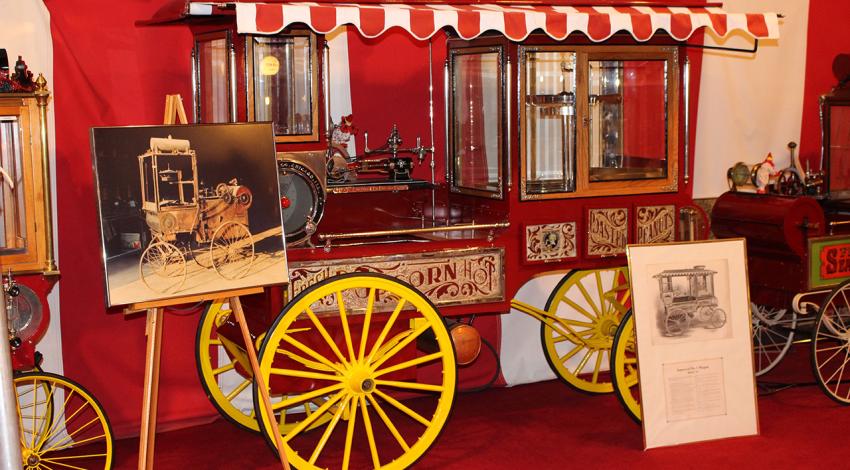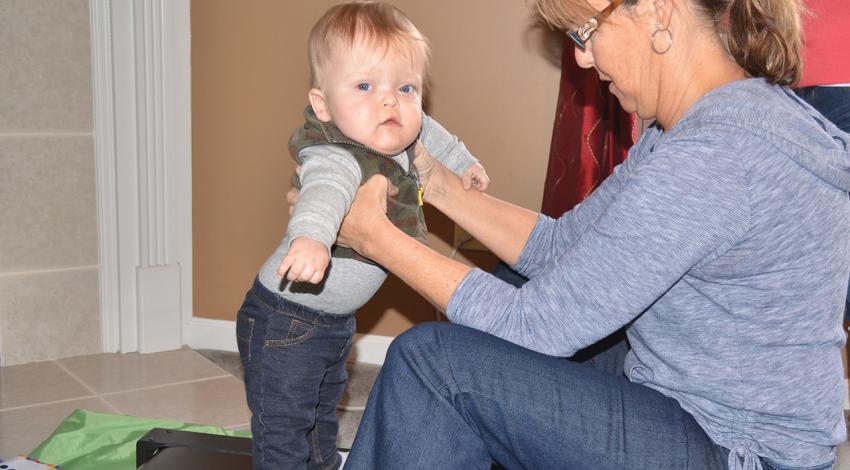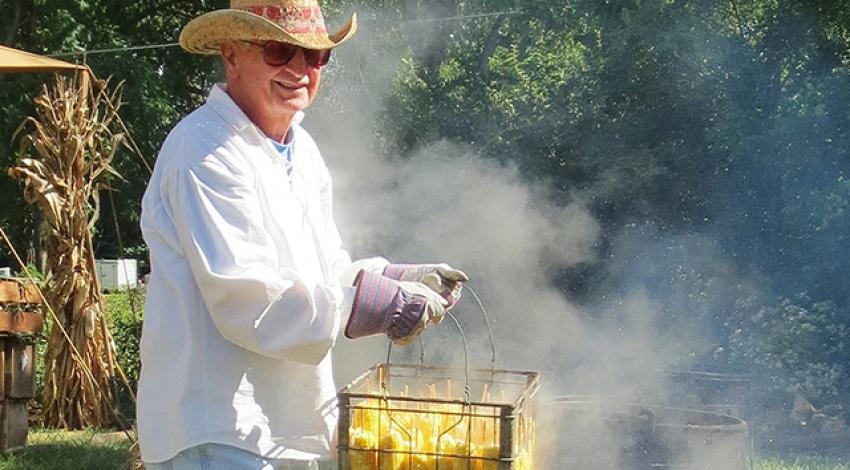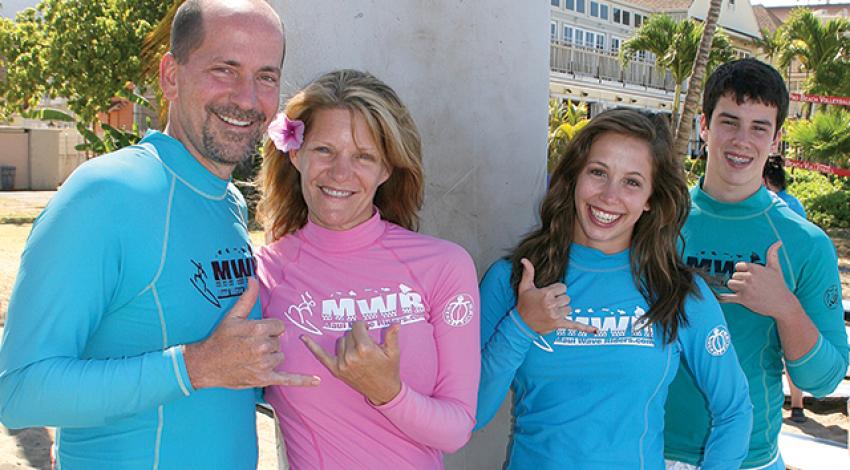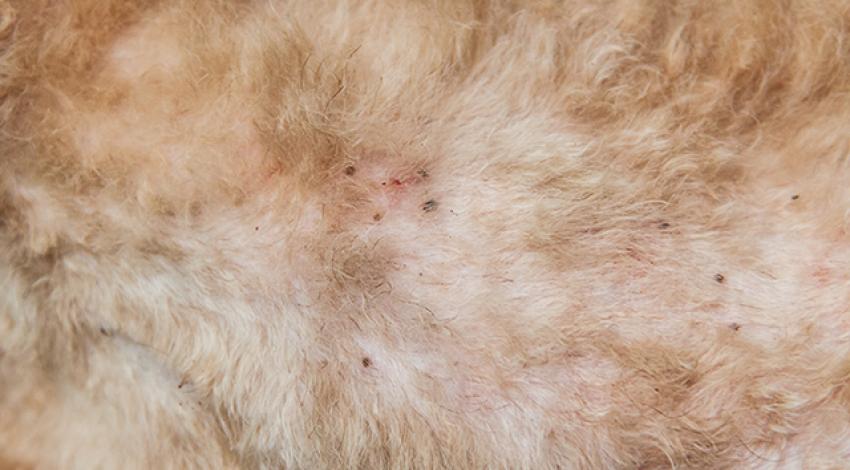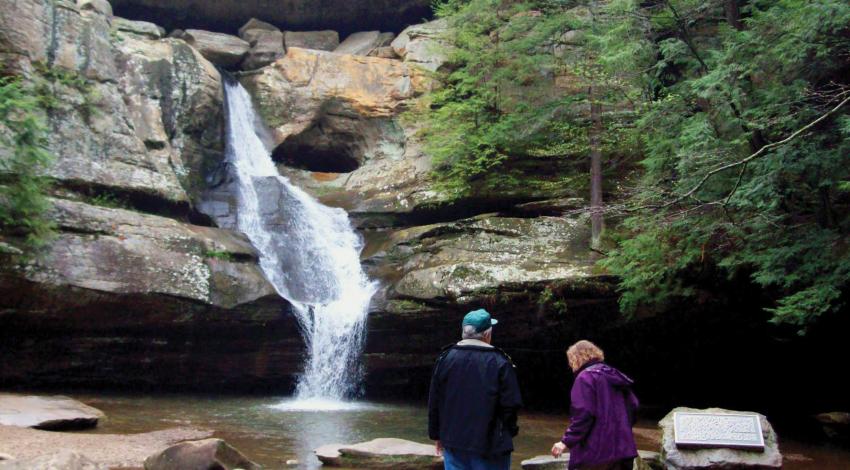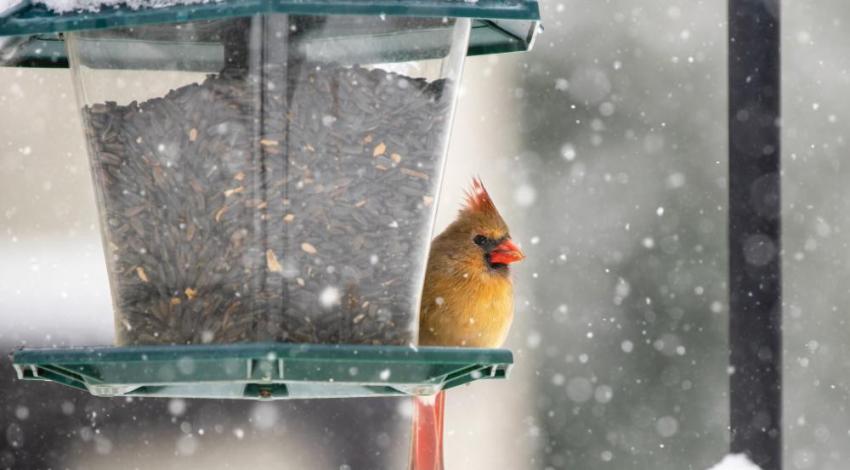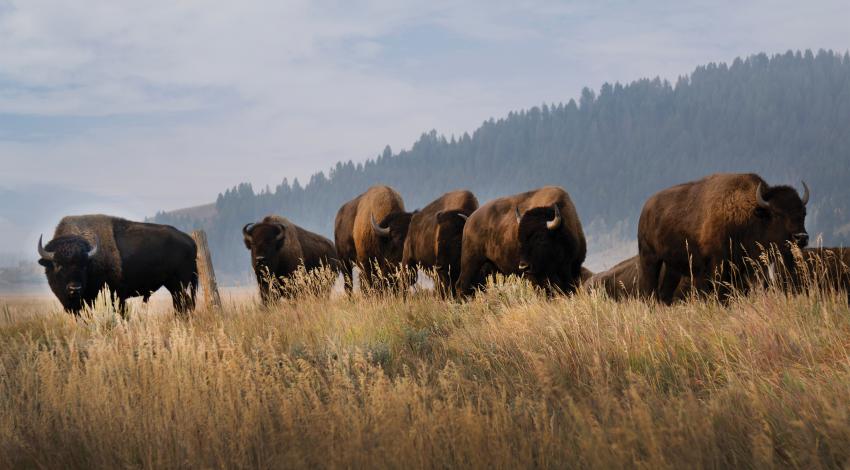“Why do you climb this mountain?” I asked Little Man, an enthusiastic, yet slow-speaking porter nicknamed for his compact size.
“I want to make your biggest dream come true,” he said, turning to look at me with all-too-serious eyes. “If you reach the top, it makes us very happy.” Then he proceeded to pump water into my canteen with his bare hands, as he’d done every day after breakfast before hitting the trail, saving my fingers from the biting wind of Summit Crater Camp’s 18,700-foot elevation.

